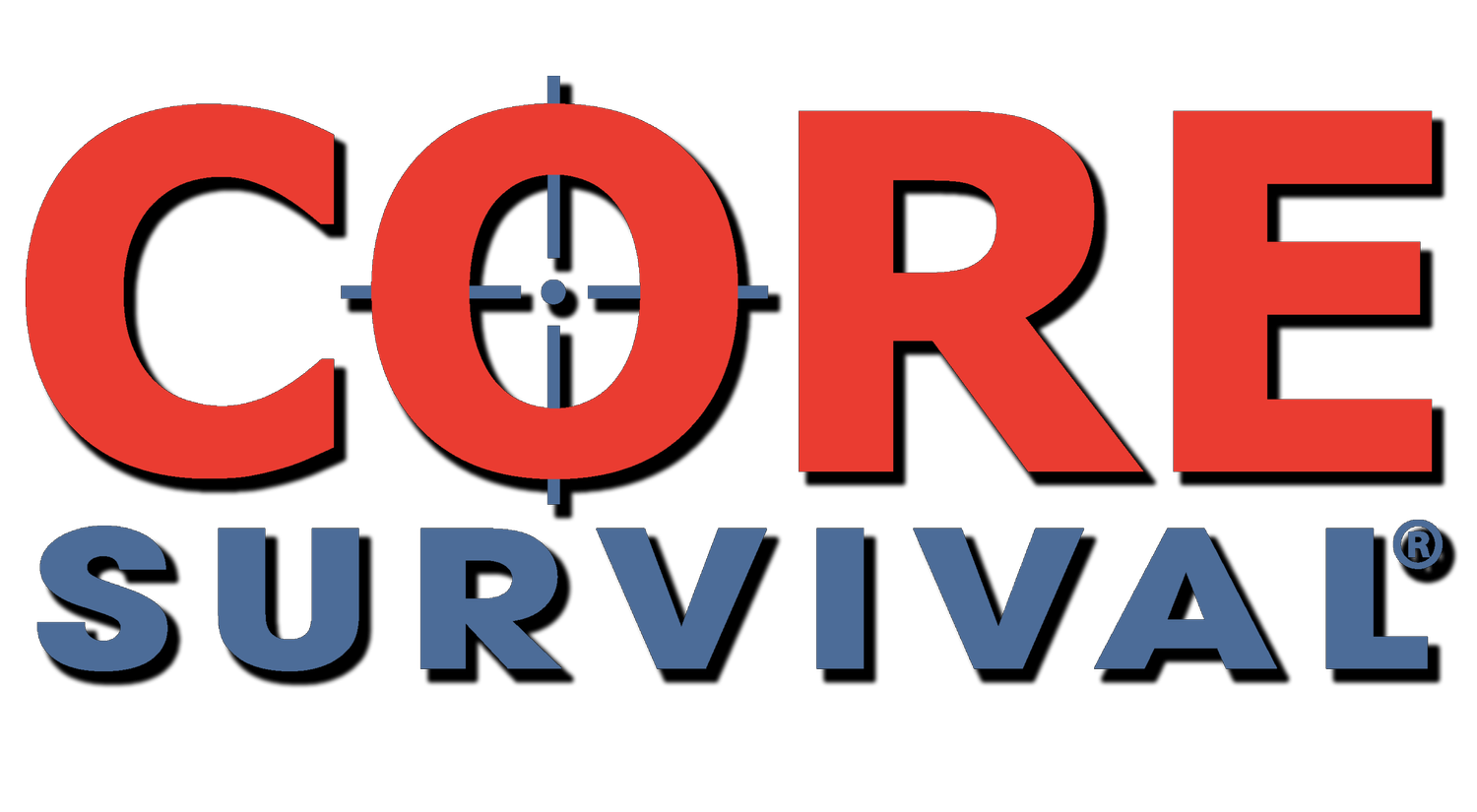Virtual, Augmented Reality Are Moving The Air Force Warfighting Forward
The landscape of warfare is changing faster than ever before. To keep pace, we sometimes have to let go of what worked for us in the past to move forward.
That’s what the Air Force Agency for Modeling Simulation is working to do. It’s playing an increasingly vital role in the Air Force’s ability to train warfighters, develop new systems and assess the complexities of a changing battlespace. The agency’s goal is to keep the service ready to fight its most worthy adversaries in any domain.
After the Vietnam War, various training environments were created to reduce what the military considered an unacceptable ratio of combat losses. Combat air training such as the Air Force’s Red Flag exercise and the Navy’s advanced fighter weapons school of “Top Gun” fame grew out of the need for large ranges to do real air-to-air training.
“The problem we have today is our enemies have got the same technology we have, and our ranges really don’t provide the same experiences they used to,” explained Col. Robert H. Epstein, commander of the Air Force Agency for Modeling and Simulation.
He said those types of environments that can push aircraft to the limits will always be needed, but they are no longer enough.
“We don’t want to give away all our capabilities by radiating in free space, so it’s driving us more and more to [figure out] how we can go into a virtualized synthetic environment to allow us to do that training that we think we’ll see in combat,” Epstein said.
(Video Credit : Airman Magazine)
Airman 1st Class Taylor Dow, 7th Equipment Maintenance Squadron metals technology apprentice, uses the augmented reality welding system to train on welding a groove well at Dyess Air Force Base, Texas, Aug. 5, 2019. The augmented reality system is split into three training operations for welding: metal inert gas, tungsten inert gas and arc welding.
(Photo Credit : Staff Sgt. David Owsianka)
Always Advancing
In the age of video games, smartphones and virtual reality, new technology is ingrained in our culture, Wells said. Because of that complex environment, it’s important for the military to keep innovating and advancing.
“It’s a digital age. Virtual reality is not uncommon. Rapid change is the norm right now. So, yes, VR and augmented reality technologies are of huge importance in the way we innovate moving on, because that’s what this generation is used to,” explained Dr. Alethea Duhon, technical director at the Air Force Agency for Modeling Simulation. “Technology is catching up. We cannot slow down.”
“Everything we’re doing today is creating the realism necessary to fight the future fights and the expandability to incorporate the threats that will be coming versus dealing with yesterday’s fight,” Epstein said.
Team Orlando
The Agency for Modeling and Simulation is part of Team Orlando, a collaborative alliance that includes all military branches, industry and academic organizations at a campus in Orlando, Florida, which is considered the epicenter for modeling and simulation training.
“We sit here within partnership buildings that house both military and University of Central Florida researchers and academics,” said Dr. David Wells, deputy director of the UCF Institute for Simulation and Training. “[We’re] all working together to improve modeling simulation.”
“You have to be ready for what’s coming next, and that’s what the simulated environments we’re trying to create are going to drive us to,” Epstein said.
An airman tests out virtual reality equipment at the Airlift/Tanker Association conference in Orlando, Fla., Oct. 23, 2019. The ATA conference is a professional development opportunity for Air Mobility Command personnel and Total Force mobility partners in the Air Force Reserve and Air National Guard. About 2,000 members participated in forums, listened to speeches and attended workshops.
(Photo Credit : Air Force Staff Sgt. Lindsey Gulliver)



